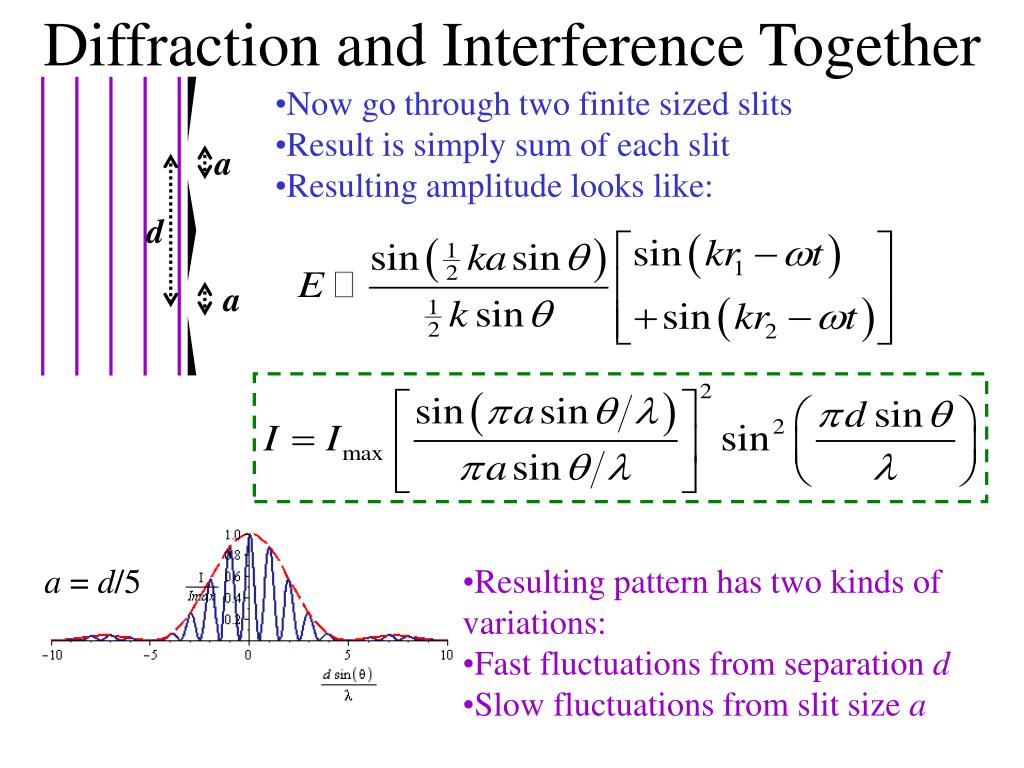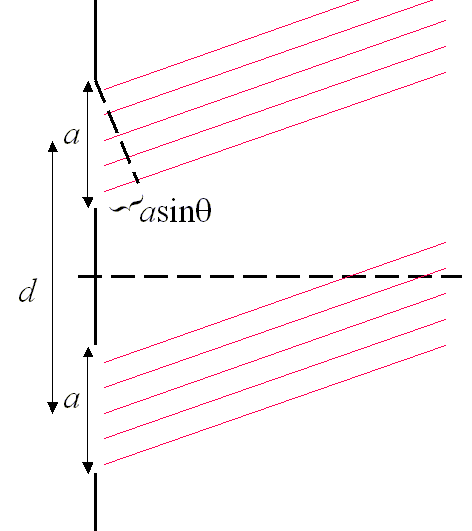

Large must the lens be so that it can resolve objects with a size of 2 mm and The objects increases, their images become less well resolved and eventuallyĪ spy satellite travels at a distance of 50 km above Earth's surface. Up close, two objects are easily resolved. The closer you are to two objects, the greater is the angular separationīetween them. Sources is less than θ, they cannot be resolved. When light passes through an aperture with diameter D, then diffraction The factor of 1.22 applies to circularĪpertures like the pupil of your eye or the apertures in telescopes and cameras. The minimum angular separation of two objects which can just be A telescope has a much larger aperture, and therefore has a greater The width of the central maximum in a diffraction pattern depends on the size The two central maxima overlap the two objects look like one. The two images are just resolved when oneĬentral maximum falls onto the first minimum of the other diffraction pattern. You are able to resolve the two objects as long as the central maxima of the twoĭiffraction patterns do not overlap. Small angle θ, the diffraction patterns will overlap. If you look at a far-away object, then the image of the object will form aĭiffraction pattern on your retina. Viewed with the naked eye, but the images of the two stars are clearly resolved

Some binary stars in the sky look like one single star when Optical instrument is its ability to separate the images of two objects, whichĪre close together. This is the absolute best we can do for an optical system that has With the corresponding image point, then we have a diffraction-limited optical Of the rays leaving a given object point land inside of the Airy Disc associated If all ray aberrations in an optical system can be eliminated, such that all The radius r of the Airy Disc at the focal point of a lens is given by The size of the Airy Disc is determined by the focal length f and diameter D of Light near the focal point exhibits an Airy Disc pattern. This yields a blurred spotĪt the focal point. Light passing through the lens therefore spread out. Lens itself acts like an aperture with diameter D for the incident light. Parallel rays to a single point one focal length away from the lens. In geometrical optics we assume that an ideal, aberration-free lens focuses The diameter increases by a factor of 10. Consider a HeNe laser, for which λ = 633 nm with a beam waist of ~ 0.6 mm. Typically much larger the wavelength of light, or a(0) > λ, θ is quite small.Īt a large distance z the diameter of the beam will have increased to a(z) ≈ z*2θ. Often ignore the factor of 1.22.) Because the laser beam diameter is (For back-of-the-envelope calculations we The angle through which the light spreads is approximately Same way it does after passing through an aperture.Īssume that at z = 0 the diameter of a laser beam is restricted to a(0). Transverse to the direction of propagation. Producing a laser beam is an attempt to confine the light in the directions The minimum is seen at a radial distance r' = 1.22 λL/D from the center of the pattern On a screen a distance L > D from the aperture Theįirst minimum occurs at an angle θ = 1.22 λ/D, where D is The main features are shown in the diagram below. The intensity pattern is called the "Airy Disk". The angle found in part (a) is extraordinarily small (less than 1/50,000 of a degree), because the primary mirror is so large compared with the wavelength of light.Diffraction of light through a rectangular aperture isĪ rather straightforward extension of 1-dimensional diffraction from aĪ circular aperture is qualitatively similar, but anĪccurate quantitative treatment of the pattern requires more complicated


 0 kommentar(er)
0 kommentar(er)
